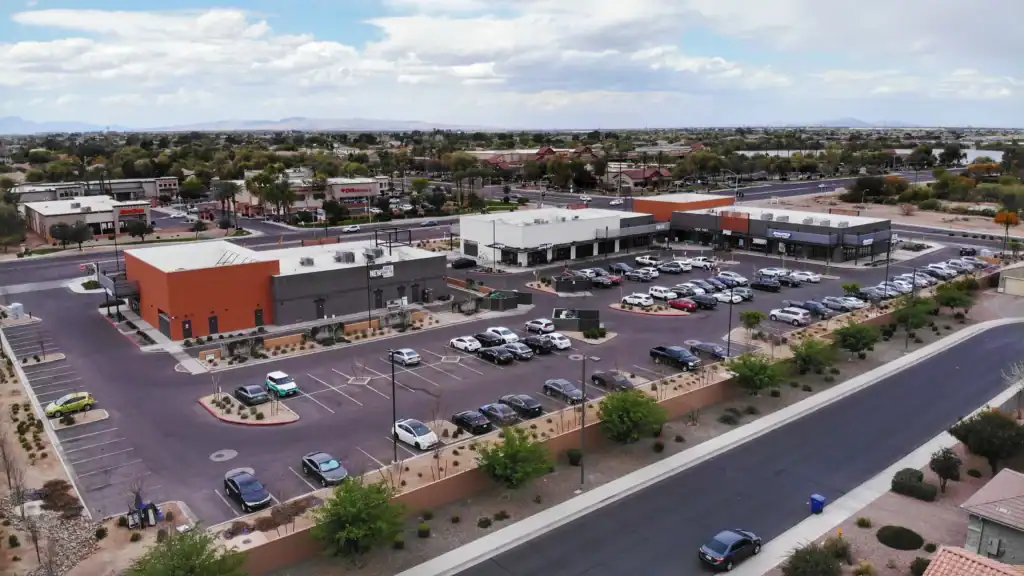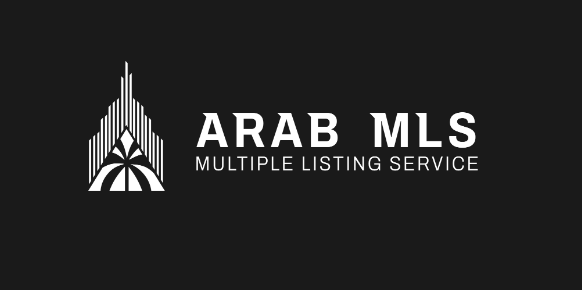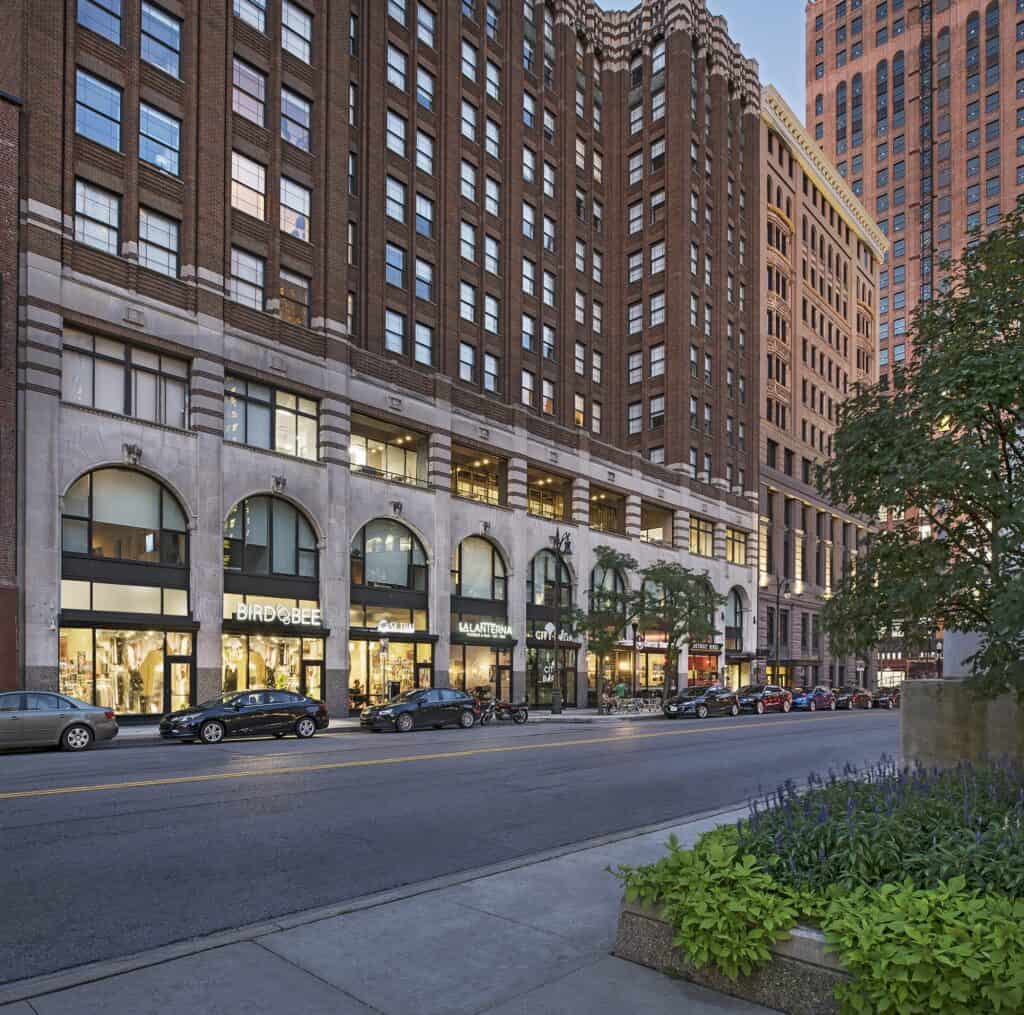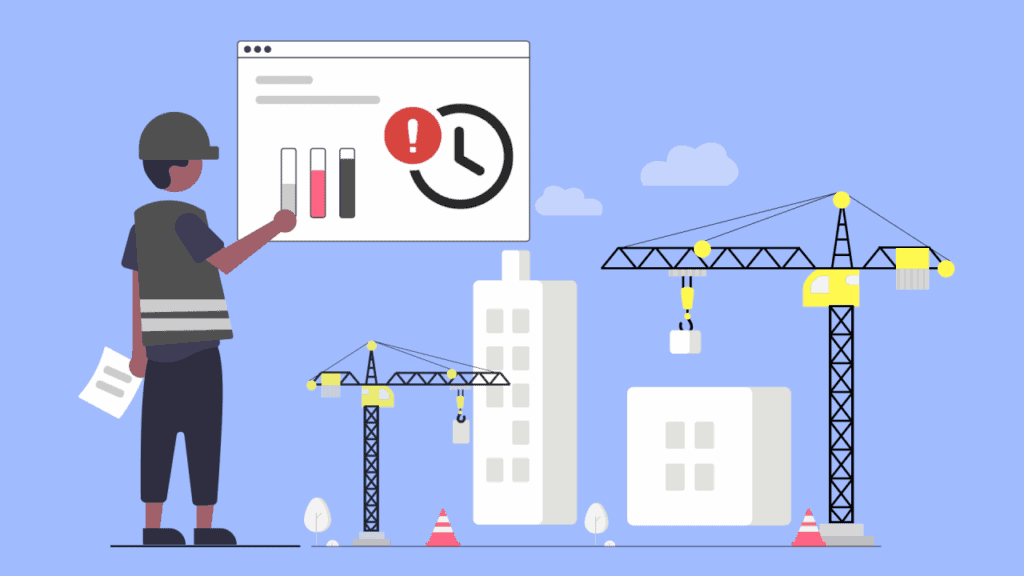The commercial real estate market across the Arab world has witnessed significant transformation in the past decade. Cities like Dubai, Riyadh, Cairo, Abu Dhabi, Doha, and Amman are becoming vibrant hubs for commercial activity. These regions now boast increasingly complex real estate assets, among which multi-tenant commercial properties stand out as a key investment and operational category.
Multi-tenant commercial properties, including office towers, retail malls, industrial parks, and mixed-use developments, differ substantially from single-tenant properties. Their nature—hosting multiple businesses or organizations under one roof—introduces complexity in leasing, management, marketing, and investment analysis. To handle these complexities, the real estate industry has turned to specialized tools within Multiple Listing Services (MLS), offering tailored features that make managing and transacting multi-tenant properties more efficient and transparent.
This article explores the evolving role of MLS platforms specifically designed to support multi-tenant commercial properties, focusing on their key functionalities, benefits, and relevance to the Arab real estate market. We will discuss how these tools improve the experience for landlords, brokers, tenants, and investors, and why they are crucial to unlocking the full potential of multi-tenant commercial real estate in the region.
What Are Multi-Tenant Commercial Properties?

To understand why specialized MLS tools are necessary, it is important to first grasp the concept of multi-tenant commercial properties. These properties are buildings or complexes that contain multiple separately leased units or spaces, each occupied by different tenants. This could take many forms—from a large office tower with dozens of businesses occupying individual floors or suites, to retail shopping centers that host a variety of shops, restaurants, and service outlets. Industrial parks and logistics hubs often function similarly, with multiple companies leasing warehouses or storage spaces within a single development.
The multi-tenant setup provides benefits like diversified rental income, and spreading risk across tenants rather than relying on a single occupant. It also allows for maximizing the utility of a building by catering to various types of businesses and uses. However, these benefits come with operational and transactional challenges, such as tracking multiple leases, managing tenant relationships, handling common area maintenance costs, and marketing units of varying sizes and types to different prospective tenants.
In the Arab world, where commercial real estate development is booming, multi-tenant properties are increasingly common. The rapid urbanization, economic diversification plans like Saudi Arabia’s Vision 2030, and UAE’s drive toward smart cities have fueled demand for sophisticated commercial spaces that accommodate multiple occupants. This trend underscores the importance of having MLS systems that can effectively represent the unique characteristics of multi-tenant properties.
Why Traditional MLS Platforms Are Inadequate
Historically, Multiple Listing Services were designed with residential and single-tenant commercial properties in mind. In their original form, they focus on one property at a time—showing its size, price, location, and a few basic features. This works well for single-family homes or standalone commercial units leased to one tenant.
When these traditional MLS platforms are applied to multi-tenant properties, significant shortcomings arise. For example, they often list a large commercial building as one single unit, without breaking down the availability and lease details of individual spaces inside. Such a listing may show the total area of the building and an aggregate asking price or rental rate but fails to provide granular information like which floors or units are currently leased, which are vacant, and what the individual lease terms are.
This lack of detail causes inefficiency. Prospective tenants must contact brokers for additional information, which delays the leasing process. Investors cannot easily assess the property’s revenue streams or lease expiration schedules. Property managers struggle to keep all the data accurate and up-to-date across different platforms.
The Emergence of MLS Tools Tailored for Multi-Tenant Commercial Properties
To meet the complexity of multi-tenant commercial real estate, MLS platforms are evolving. Advanced MLS tools now allow listings to incorporate detailed unit-level information, lease data, occupancy status, and financial performance metrics all within a single platform.
These tools give landlords and brokers the ability to present multi-tenant buildings in a way that truly reflects their operational realities, making the listings far more useful to potential tenants and investors. In the Arab market, where there is strong interest from institutional investors and multinational corporations, these MLS capabilities are quickly becoming the standard.
Key Features of Multi-Tenant MLS Tools
One of the most important features of these advanced MLS systems is the ability to map each unit or tenant space within a property. Instead of treating a commercial building as a single block, brokers can upload floor plans and define each unit with details about size, location, type of use, and lease terms. This level of granularity allows users to see, for example, which retail units in a mall are currently available, what their monthly rent is, and how long their leases last.
Another vital function is the tracking of lease expiration dates and turnover schedules. Multi-tenant properties often have leases staggered across various units, with some tenants occupying space long-term while others have short-term or month-to-month arrangements. Advanced MLS tools let landlords and investors visualize upcoming lease expirations, helping them plan tenant renewals, anticipate vacancies, and forecast rental income more accurately.
In addition, these platforms integrate details about common area maintenance (CAM) charges and shared facilities. Many commercial properties allocate operating expenses such as utilities, security, cleaning, and maintenance to tenants proportionally. MLS listings can now break down these charges alongside rent information, providing transparency to prospective tenants and easing negotiation.
Furthermore, occupancy and financial performance dashboards are becoming standard. These dashboards give investors and property managers a snapshot of how full the property is, how rental income compares to previous periods, and what the net operating income (NOI) is for each unit or the building as a whole. Such transparency is especially valuable to international investors who require detailed financial data before committing capital.
Enhancing Tenant and Investor Experience with Interactive Tools
Modern MLS systems are no longer static databases; they are interactive platforms that significantly improve user engagement. Interactive floor plans let potential tenants click on each unit to view detailed descriptions, photos, and lease terms. This feature is especially useful in large malls or office complexes where finding the right space quickly is critical.
Virtual reality (VR) and augmented reality (AR) tours are also being integrated into MLS listings, allowing users to take immersive walkthroughs of units without visiting in person. This technology is gaining traction in Arab markets where international investors or tenants may be located abroad and need a reliable way to assess properties remotely.
Additionally, smart filtering tools on MLS platforms enable users to search properties by very specific criteria, such as the size of the unit, lease duration, price range, and even the availability of utilities like dedicated power backup or fiber-optic internet. This helps tenants find units tailored to their operational requirements, and landlords to market their spaces more effectively.
Cultural and Regional Adaptations for Arab Markets
For MLS tools to be truly effective in the Arab world, they must be customized to meet local market realities. One crucial aspect is bilingual functionality. Listings should be available in both Arabic and English, as the market consists of a mix of local Arab tenants and expatriates from diverse countries. A broker in Dubai or Riyadh should be able to upload information in Arabic and English, ensuring wide accessibility.
Moreover, some countries have unique leasing regulations and cultural considerations that MLS tools should reflect. For example, in several Gulf countries, leases might include clauses for Islamic finance compliance or specific tenant protections under Sharia law. Including tags or metadata that highlight these factors helps attract investors and tenants sensitive to religious and legal norms.
Zoning laws in many Arab countries define specific uses for commercial properties, such as retail-only zones or industrial districts. MLS platforms need to incorporate zoning classifications and municipal restrictions clearly within listings. This prevents misunderstandings and ensures that tenants lease spaces suited to their business activities.
The Growing Role of MLS in Flexible Workspaces and Coworking
The rise of coworking and flexible office spaces is another dynamic reshaping Arab commercial real estate. Startups, freelancers, and small businesses are increasingly seeking short-term leases on modular office space rather than committing to traditional long-term agreements.
MLS platforms are adapting by incorporating features to support the leasing of coworking desks and shared office facilities. These platforms integrate booking systems where users can reserve workstations or meeting rooms in real-time, view occupancy levels, and check included services such as internet speed, conference room availability, or reception support.
Such MLS capabilities are particularly useful in innovation hubs like Dubai Internet City or Riyadh’s King Abdullah Financial District, where flexible office solutions are vital for the growing entrepreneurial ecosystem.
Benefits of Multi-Tenant MLS Tools for Investors
For investors in the Arab world, MLS tools with multi-tenant functionality provide crucial advantages. They enable easy comparison of commercial properties based on unit-level data, such as rental income streams, occupancy rates, lease maturity profiles, and operating expenses.
Investors can assess the risk of vacancies by reviewing the tenant mix and lease terms in detail. Properties with many short-term leases may carry different risks compared to those with long-term anchor tenants. These insights help investors price assets accurately and negotiate better deals.
Furthermore, such MLS platforms increase transparency, reducing the information asymmetry that often complicates real estate transactions in emerging markets. This transparency attracts international capital, a key goal for many Arab governments seeking to develop robust real estate sectors.
Looking Ahead: The Future of MLS for Multi-Tenant Commercial Properties
The future promises even greater integration of technology into MLS platforms serving multi-tenant properties. Artificial intelligence (AI) will soon play a role in automatically matching tenants to suitable units based on their business profiles and needs.
Blockchain technology could be used to create verified, tamper-proof records of lease agreements, enhancing trust and reducing fraud risks. Smart contracts could automate rent payments and renewals, streamlining property management.
Internet of Things (IoT) integration will provide real-time data on energy consumption, maintenance needs, and space utilization, all accessible through MLS dashboards.
For Arab markets striving to modernize their real estate sectors and attract global investors, embracing these advanced MLS tools is not just a competitive advantage but a necessity.
Conclusion
Multi-tenant commercial properties are at the heart of urban and economic development in the Arab world. The complexity of managing these assets requires sophisticated MLS platforms that go beyond simple listings to offer detailed, interactive, and transparent data.
By embracing tools that provide unit-level information, lease tracking, financial metrics, and user-friendly search and visualization, the Arab real estate industry can unlock new efficiencies and investment potential. This will support the continued growth of vibrant commercial hubs in cities like Dubai, Riyadh, Cairo, and beyond.
Advanced MLS tools are thus shaping the future of commercial real estate in the region, helping landlords maximize returns, tenants find ideal spaces, and investors make informed decisions in a competitive market.













